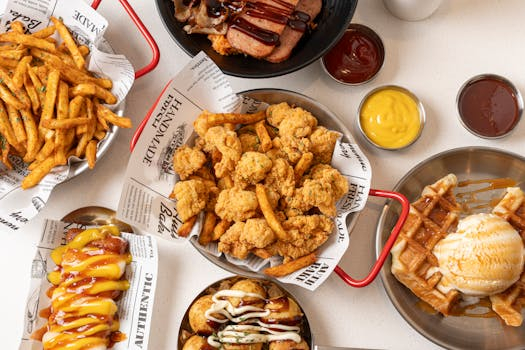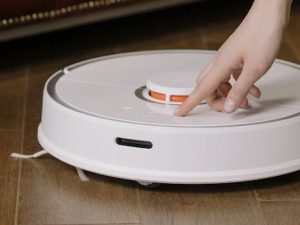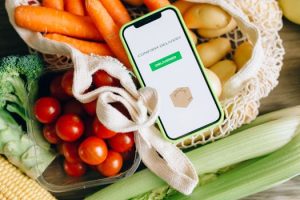Quick Pickling: Add Zing to Your Dishes in Minutes
Are you tired of eating the same old boring meals? Do you want to add a little more flavor and pizazz to your dishes? Look no further than quick pickling! This simple and easy method of preserving foods not only adds a burst of flavor, but also packs a nutritional punch. In this article, we will dive into the world of quick pickling and learn how to add zing to your dishes in just minutes.
The Basics of Quick Pickling
Quick pickling, also known as refrigerator pickling or cold pickling, is a method of preserving foods by storing them in a vinegar solution. Unlike traditional canning methods, quick pickling does not require any heat or special equipment. This makes it a quick and easy way to add flavor to your meals.
One of the great things about quick pickling is that it can be done with a wide variety of fruits and vegetables. Some popular options include cucumbers, carrots, onions, beets, and even watermelon rinds. The possibilities are endless!
Why Pickle?
Aside from the added flavor, pickling also has some great health benefits. Vinegar, the main ingredient in quick pickling, is rich in acetic acid, which has been shown to have some potential health benefits such as lowering blood sugar levels and reducing cholesterol.
Additionally, the pickled fruits and vegetables retain most of their nutrients, making them a great addition to any meal. Pickled vegetables are also low in calories, making them a healthy option for those watching their weight.
The Quick Pickling Process
Now that you know what quick pickling is and why it’s beneficial, let’s dive into the process itself. The first step is to gather your ingredients. You will need the fruit or vegetable of your choice, vinegar (we recommend using apple cider vinegar or white vinegar), sugar, and any additional spices or herbs you wish to add for flavor.
Next, you will need to prepare the brine. The basic ratio for a brine is 1 part vinegar to 1 part water. For sweetness, you can add 1 part sugar to 2 parts vinegar. You can also adjust the amount of sugar based on your preference.
Now, it’s time to prep the fruit or vegetable. This may include peeling, slicing, or dicing depending on the type of produce you are using. For some vegetables, such as cucumbers, you may need to soak them in salt water for a few hours to help them retain their crunchiness.
Once your produce is prepped, it’s time to pack them into jars. You can use any type of jar with a tight-fitting lid, such as mason jars or old jam jars. Add any desired spices or herbs on top of the produce and then pour the brine over everything, leaving about ½ inch of space at the top. Seal the jars tightly and give them a quick shake to evenly distribute the brine.
Now comes the hard part – waiting! You will need to let the jars sit in the refrigerator for at least 24 hours before enjoying your pickled goodies. The longer they sit, the stronger the flavor will be. Pickled fruits and vegetables can last up to a few weeks in the refrigerator, so feel free to make a big batch and enjoy them over time.
Incorporating Pickling Into Your Meals
Now that you have a basic understanding of quick pickling, it’s time to start incorporating it into your meals. Pickled vegetables make a great addition to sandwiches, salads, and bowls. They also make a great snack on their own. You can also get creative and use them in recipes, such as pickled beet hummus or pickled watermelon gazpacho.
For a quick and easy meal, try adding pickled vegetables to rice bowls. Cook some rice, top it with your favorite protein, and add a few spoonfuls of pickled vegetables on top for a burst of flavor. You can also add pickled onions to your avocado toast for a tangy twist on a classic breakfast option.
Ditch the Store-Bought Pickles
While store-bought pickles may be convenient, they often contain high amounts of sodium and preservatives. By making your own pickled fruits and vegetables, you can customize the flavor and control the amount of sugar and salt added. Plus, it’s a fun and easy way to experiment with new flavor combinations.
So next time you want to add a little something extra to your meals, remember the art of quick pickling. With just a few simple ingredients and a little bit of patience, you can enjoy a burst of flavor in no time. Happy pickling!










